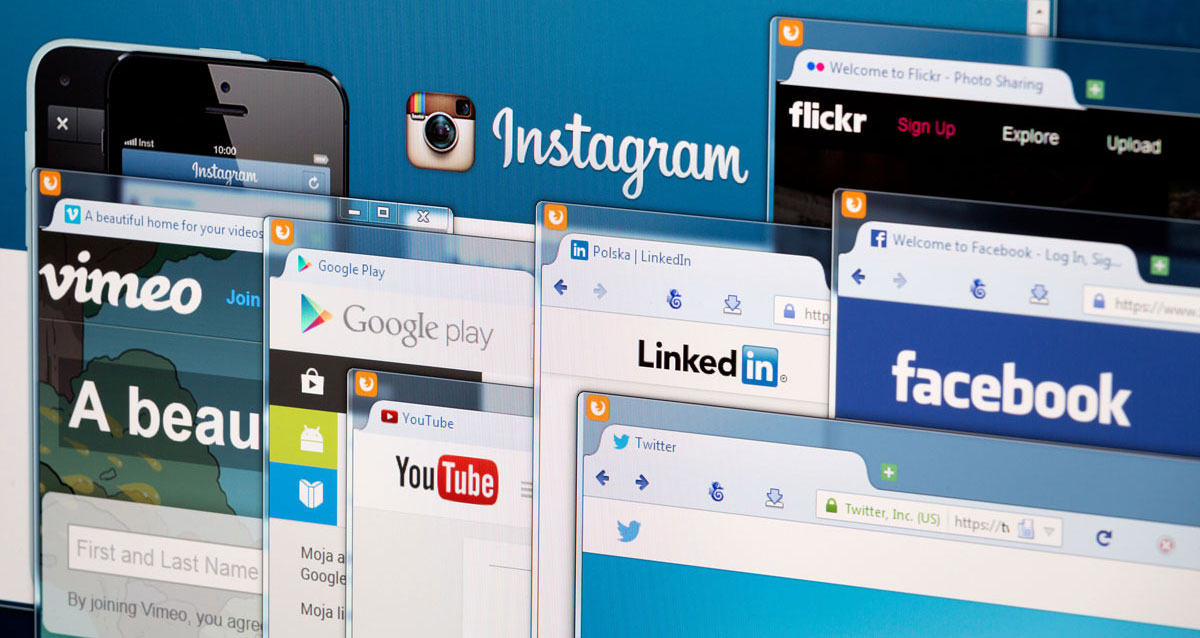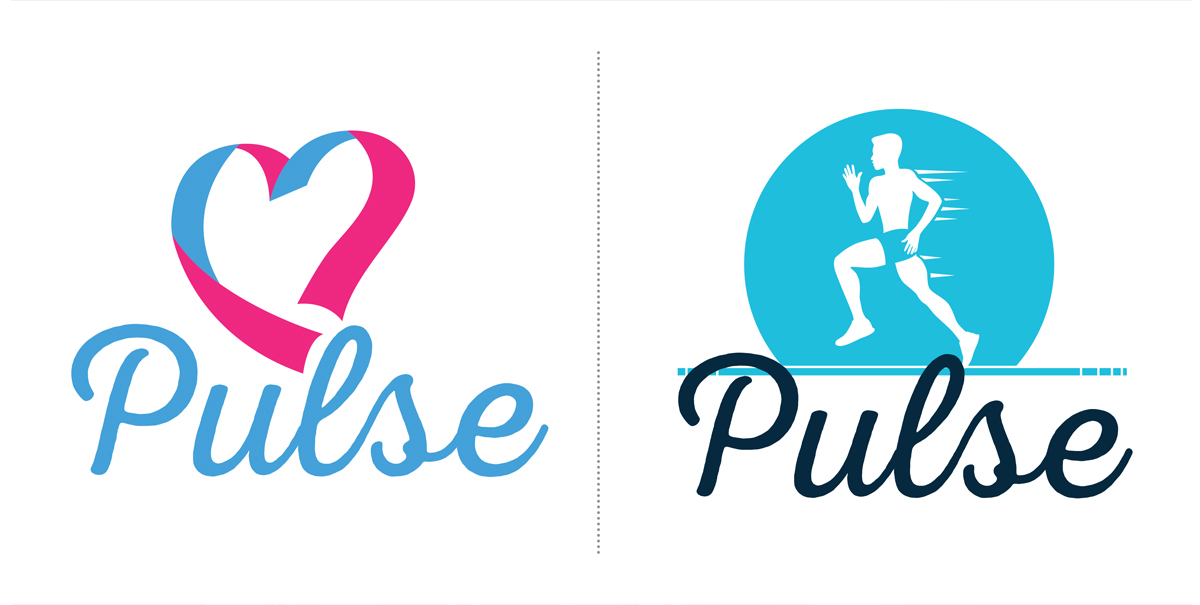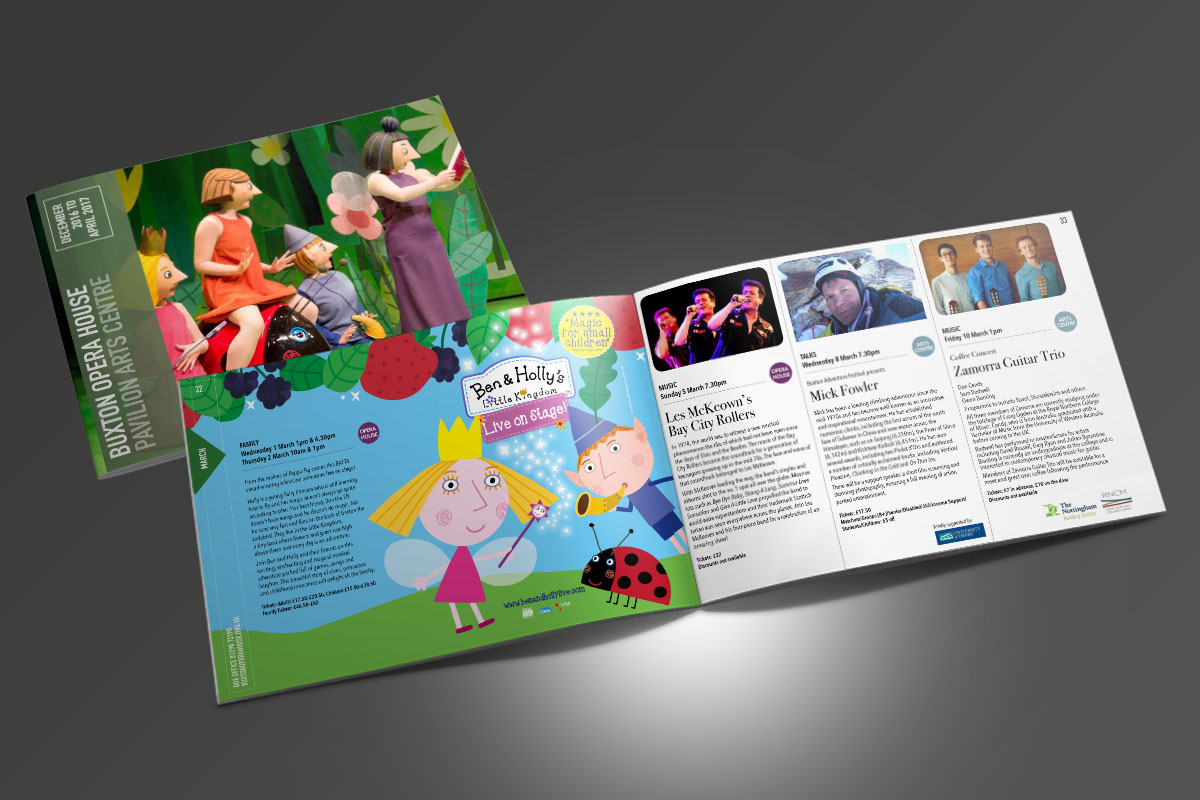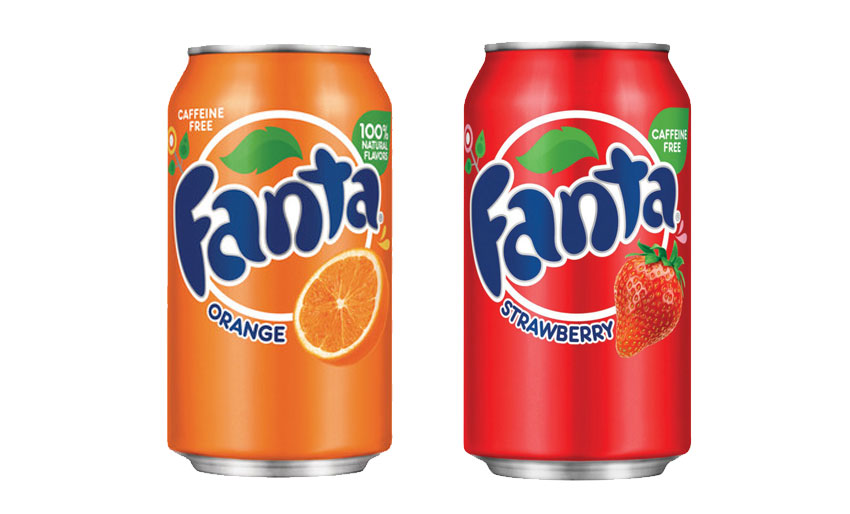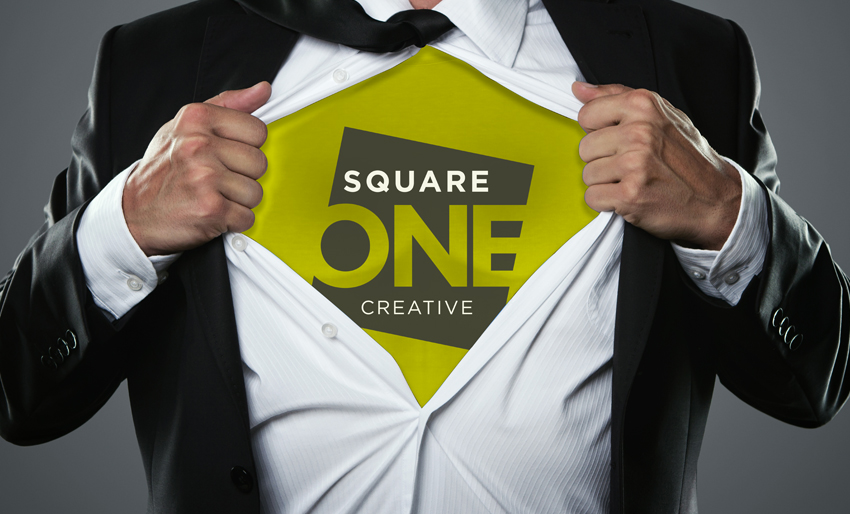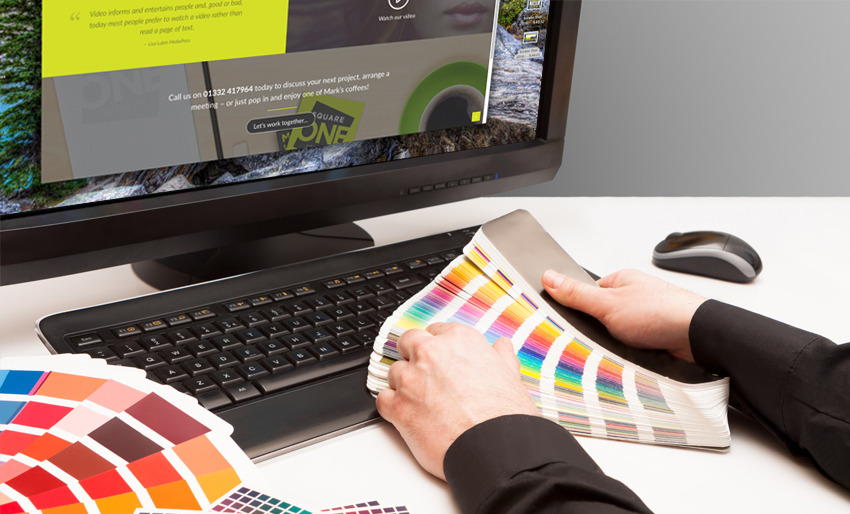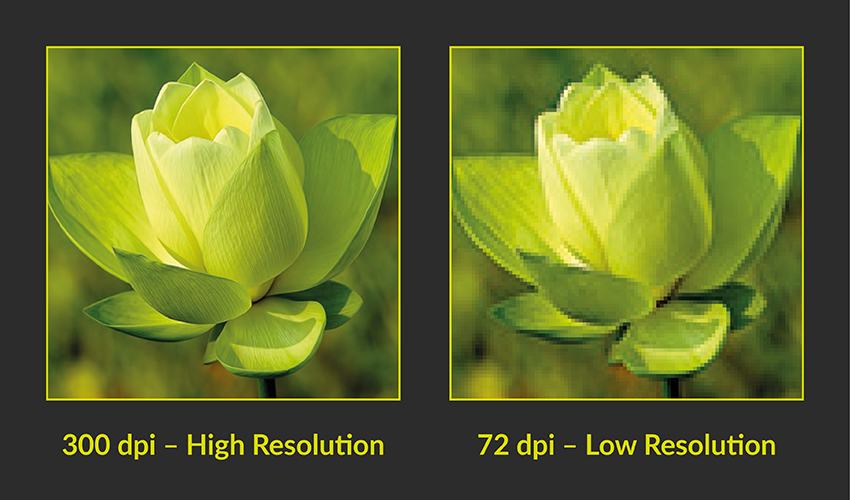Photo credit: University of Derby
I was delighted to be asked back to the Portfolio Review Day at Derby University this year. As part of the students’ 3rd year of their BA (Hons) Graphic Design course, industry insiders come together to chat to the students and give some pointers about how they could improve their work and what they could do next.
I can imagine that it’s quite stressful talking to strangers about your art. Nevertheless, it’s an important skill to prepare them for life outside university. Although I was interested in their thought processes, reasoning for choosing certain fonts and colours et cetera, I was more interested in the individual – their future plans, what interests them, what they can do differently. Art is personal, and I’m grateful that the students opened up to me about their aspirations. There were some fantastic pieces this year, and some great personalities.
What do I get from it? I get a sneak preview of the upcoming talent. Graphic designers are all different; there isn’t one standard type. Everyone brings his or her own unique gifts and abilities to any job, but in a field as broad and diverse as Graphic Design, there are many different avenues that youngsters can venture in to. As I chatted to the students, I felt it necessary to stress that once they finish University, they will no longer be afforded the luxury of having 12 weeks to create a brand. In the ‘real’ world, time is money. Being artistically inclined is one thing, but finding a perfect balance of speed and quality is another.
In previous years I’ve seen some quiet students, perhaps more suited to app building or website work. This year the outgoing students pleasantly surprised me. I could easily picture them in a studio setting, taking briefs from clients and delivering the finished product. I was impressed by both their attitudes and abilities.
Overall I was blown away by the quality of students at this year’s Portfolio Day. Not only were the students super creative, but they have brilliants ideas for apps and other projects. They are forward thinking and innovative – key qualities in any profession, but vital for Graphic Design. What’s more exciting is having the ability to connect them to the people that can either make it happen, or point them in the right direction.
The future of Graphic design is in good hands…
If you’d like to see for yourself, pop along to the University Art and Design Show on Friday 1st June.
Chat > Vision > Design. If you need help getting creative, please call us on 01332 417964.




